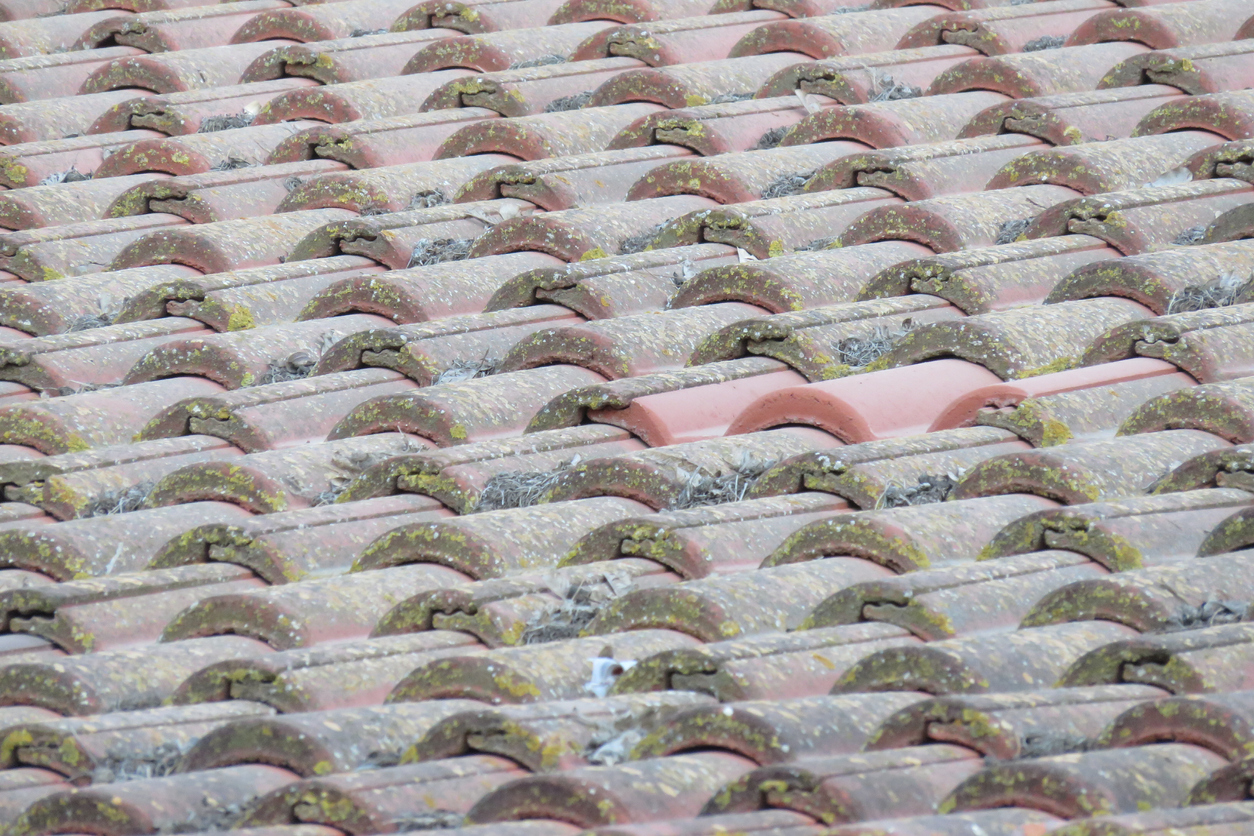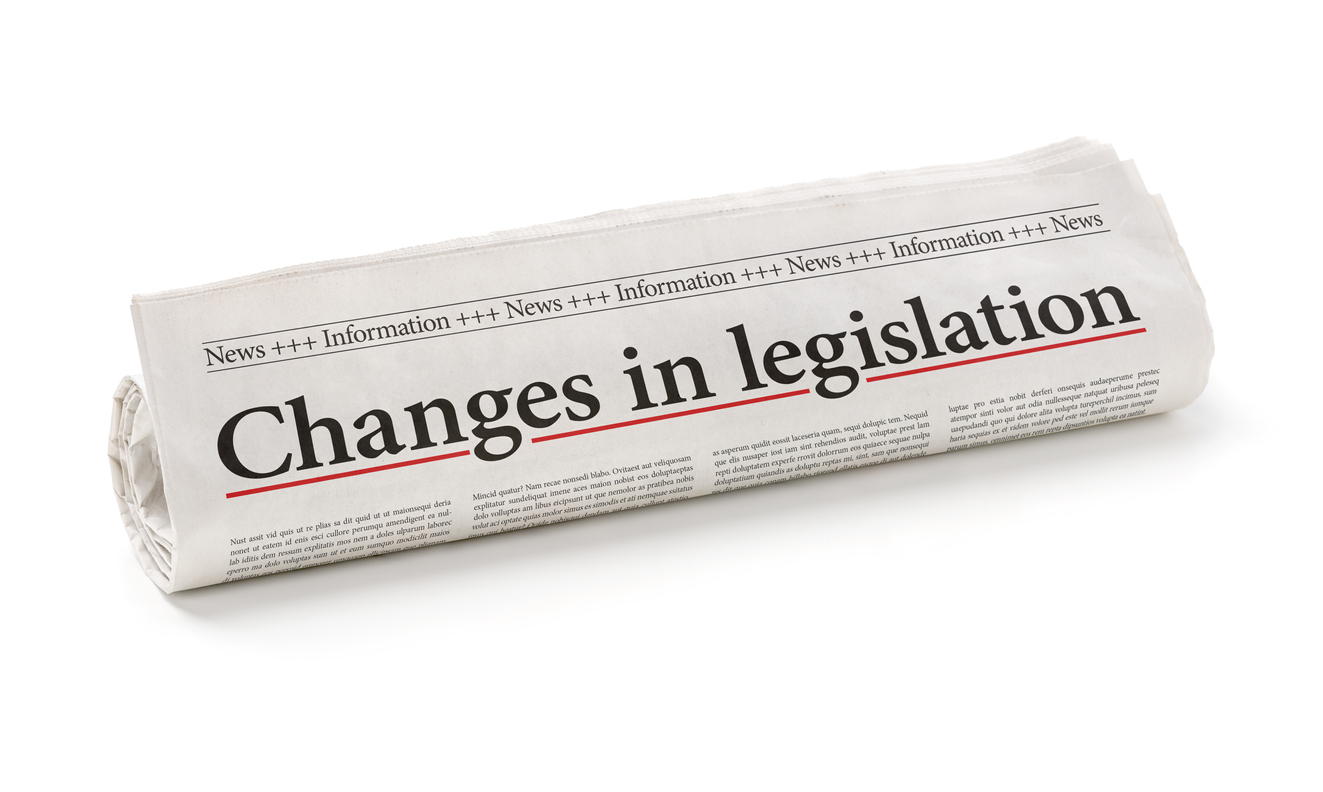Insurance company law firm Matthiessen, Wickert & Lehrer have updated a thorough discussion of the adjustment issue of matching in an article, ”Matching Regulations” And Laws Affecting Homeowners’ Property Claims In All 50 States. From their view, they noted the current state of affairs regarding matching:
It remains one of the most difficult issues to deal with in the world of property insurance. Homeowners’ insurance policies usually contain a provision obligating the carrier to repair or replace an insured’s damaged property with ‘material of like kind and quality’ or with ‘similar material.’ They cover property damage resulting from ‘sudden and accidental’ losses. When damage caused by fire, smoke, water, hail, or other causes results in a small portion of a home or building being damaged (e.g., shingles, siding, carpet, cabinets, etc.), whether and when a carrier must replace non-damaged portions of a building in order for there to be a perfect match remains a point of contention. It is a matter of great importance to insurance companies because ‘matching’ problems with a slightly damaged section of roof or flooring can lead to a domino effect of tear out and replacement costs of many items which are not damaged. The problem of partial replacement is especially troubling where the damaged siding or shingles have been discontinued, making it virtually impossible to properly match. To replace only the damaged portion would result in an obvious aesthetic deficit due to a clear difference in the appearance of the replaced portion of the building from the portion that remains undamaged.
Would the entire structure need to be re-sided or the entire roof re-shingled? Or is it sufficient to replace just one wall of siding or just a few shingles? Whether or not the insurance company must pay to replace entire sections of the structure in order to bring the property back to its previous uniformity and aesthetics can bring various state insurance laws and regulations into play. On the one hand, many pundits claim that the terms of the insurance policy require the carrier to pay the cost to ‘repair or replace with similar construction for the same use on the premises.’ They argue that ‘similar’ doesn’t mean matching exactly. Others argue that coverage for ‘matching’ and ‘uniformity’ under a homeowner’s policy doesn’t exist without a specific endorsement. The truth lies somewhere in between and can vary greatly from state to state.
In the Merlin Law Group Condominium Law Blog, I noted a recent case denying the costs of matching in, Associations Which Require Uniform Appearance Should Not Be Sold Policies With Anti-Matching Language. There, a policy was sold to a townhome owners association with an endorsement that excluded matching:
9. Undamaged material. We will not pay to repair or replace undamaged material due to mismatch between undamaged material and new material used to repair or replace damaged material. We do not cover the loss in value to any property due to mismatch between undamaged material and new material used to repair or replace damaged material.
Why an insurance agent would ever sell an insurance policy to an association with anti-matching language is beyond me. I find it ironic that Wikipedia lists both “insurance” and “appearance standards” as benefits for owners in associations. The uniform appearance standards often found in association regulations simply make it negligent for agents to sell anti-matching policies to associations who are supposed to purchase insurance that meets the requirements of the association. Agents should read the by-laws for all associations as a matter of necessary action before selling any association policy to ensure that the people relying upon the agent are purchasing what is required.
The National Association of Insurance Commissioners lists the flowing as an unfair claims practice in its model act:
When a covered loss for real property requires the replacement of or items and the replacement items do not match in quality, color or size, the insurer shall replace items in the area so as to conform to a reasonably uniform appearance. This applies to interior and exterior losses. The insured shall not bear any cost over the applicable deductible, if any.
Insurance regulators have noted that not matching is a coverage gap problem to such a degree they have deemed it an unfair claims practice when it happens. Having recognized this as an unfair claim practice, they should not then allow insurers to include language excluding matching. Alternatively, they should severely prevent the selling of such insurance products without mortgagee approval and significant warnings given to the policyholder of the potential negative impact of such language.
Thought For The Day
I like things matching. I have an upright bass, a drum kit and a grand piano that’s the same color. I tend to overthink things.
—Penn Jillette




